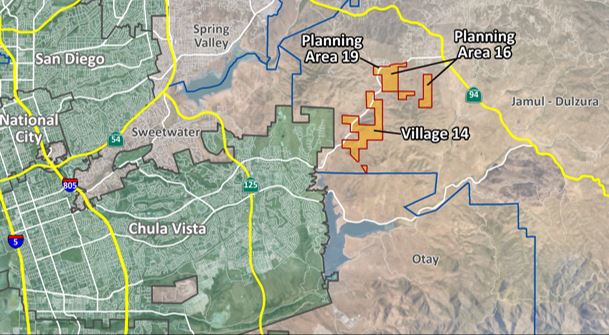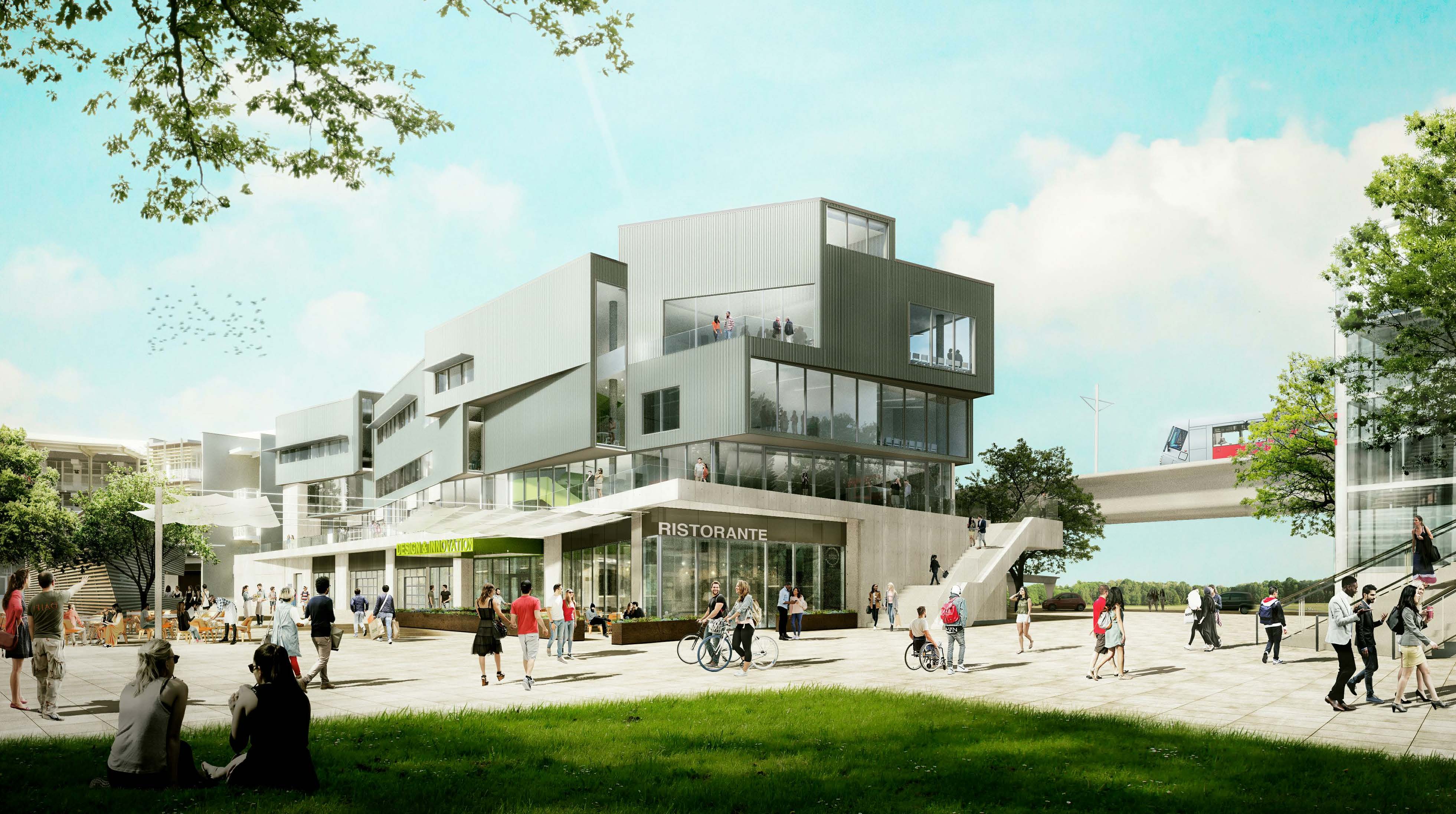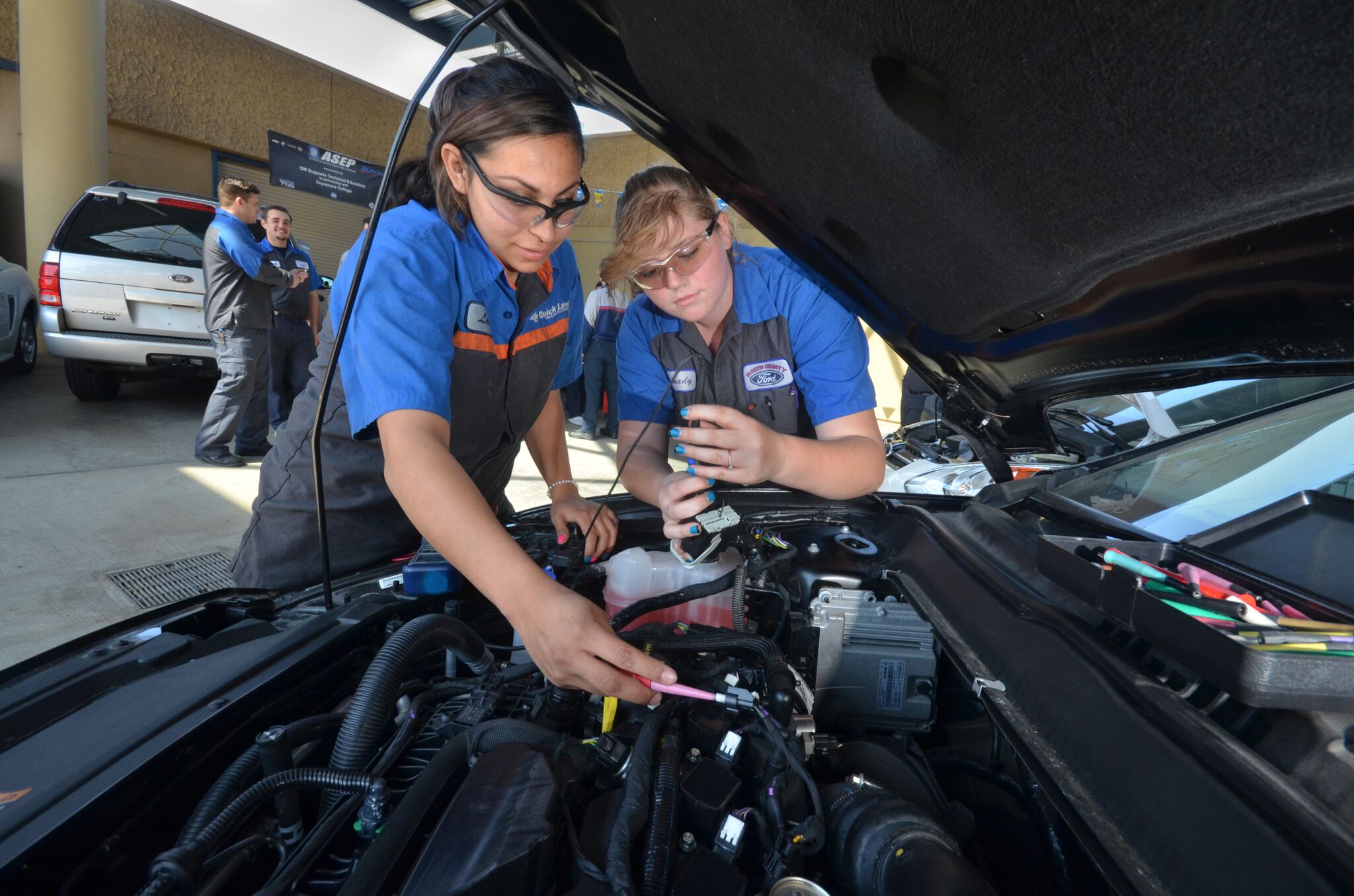Daily Business Report-June 28, 2019
Cuyamaca College automotive students. (Courtesy Grossmont Community College District)
Grossmont, Cuyamaca colleges secure
grants to expand online career education
Grossmont and Cuyamaca colleges have each secured a $500,000 grant to build online career education programs to train students with the skills needed for good-paying, in-demand jobs.
Grossmont College’s grant is funding a project that will allow students to earn industry-recognized certificates in high-tech areas ranging from computer science to advanced manufacturing. The project targets historically underserved populations in the East County, particularly first-generation students, English learners, women entering STEM careers, and refugees.
Cuyamaca College’s grant will fund a program that will offer 12 online automotive technology courses that can be accessed by students from across California and which builds on an existing Ford Automotive Student Service Education and Training (ASSET) initiative. Online classes cover everything from brakes and automatic transmission service to electronics and climate control, and students completing the curriculum will receive Ford Motor Co. Technician Specialty Training certification.
Both programs should be available for students by fall 2020.
____________________

County Supervisors approve
1,119-home development at Otay Ranch
The county Board of Supervisors approved a project Wednesday consistent with the County’s general plan that could eventually build up to 1,119 homes, commercial space, a school, parks and trails, and a fire station on 1,284 acres between Chula Vista and Jamul.
The Board voted 3-2, with Supervisors Greg Cox, Kristin Gaspar and Jim Desmond voting to approve the project known as both “Otay Ranch Village 14 and Planning Areas 16/19,” and “Adara at Otay Ranch.” Supervisors Dianne Jacob and Nathan Fletcher voted to oppose the project.
The project plans to build homes in five phases in the Proctor Valley area of Otay Ranch. The project’s backers, the Jackson Pendo Company, said the project will include a range of housing—priced for moderate to above-moderate income levels—from “courtyard” homes on smaller lots, to traditional homes in gated communities and larger “ranchettes.” The project’s 1,284-acre site is located near state routes 125 and 94, about one-quarter of a mile northeast of Chula Vista and one-half mile southwest of Jamul.
The project includes several green, sustainable-community features to reduce its carbon footprint. For example, the project includes 17-plus miles of trails and pathways, a “village core” and nearly 25 acres of parks, which are designed to encourage residents to walk and bicycle around the community rather than drive. The project will also include more than 770 acres of preserved open space and nearly 73 acres of biological open space.
____________________

BNBuilders chosen to build $41 million
Design and Innovation Building at UCSD
BNBuilders has been selected by UC San Diego to construct its new Design and Innovation Building, a $41 million facility that will emphasize collaborative workspace to encourage new ideas, products, and services that contribute to UCSD’s entrepreneurial spirit. The building is one of several projects BNBuilders is undertaking for the university. Current and upcoming projects include the $8.7 million Muir Hall Biology Laboratory Renovation, and the Torrey Pines Center South Second Floor Tenant Improvement.
The new Design and Innovation Buildingwill be a 74,000-square-foot building situated at the south edge of the existing Structural and Materials Engineering Building, and just north of the future Light Rail Transit station. The building will contain numerous workspaces that can be reconfigured to host programs, meetings, multidisciplinary instruction, and studio learning to enhance the collaborative and innovative activities that are currently distributed across the campus. The building was designed by EHDD of San Francisco. Construction is anticipated to start in summer or fall 2019 and be complete in 18 months.
____________________

Can the governor fix the state’s technology?
By Elizabeth Castillo | CALmatters
California government’s technology drastically pales in comparison to Silicon Valley, but Gov. Gavin Newsom is betting $40.8 million and a new office will change that.
Even though California is home to innovative tech giants like Google and Apple, its government historically has used technology that can’t handle simple tasks–like accepting a credit card at the DMV, or in some cases, offer fully functioning websites. To combat this stark digital divide, Gov. Gavin Newsom proposed the Office of Digital Innovation. Funding is tucked into the budget starting July 1.
Can a new office and $40.8 million fix a decades-long problem? That depends on who you ask. Newsom won enough legislative support to get the funding approved. But observers remain skeptical as to what the office can actually accomplish given entrenched bureaucracy. Assembly Majority Leader Ian Calderon, a Whittier Democrat, counts himself as one of Newsom’s supporters and said he wished the office was created a long time ago.
“We live in the tech capital of the world, yet we don’t have anybody driving the modernization of how we as government operate and provide services to the people we represent,” Calderon said.
____________________

Supervisors adopt county budget
focusing on the vulnerable
The county Board of Supervisors adopted a budget Tuesday for fiscal year 2019-2020 that underscores its commitment to helping the region’s most vulnerable residents. The $6.25 billion includes more than $100 million in new spending for residents struggling to get by in the region.
Increased funding will go toward services for people with mental health or substance use disorders, those experiencing homelessness or at risk of homelessness, address a lack of affordable housing, strengthen the County’s public health response, and assist children and families in the foster care system.
The recommended fiscal year budget was presented to the Board on June 10. Supervisors approved additional spending on Tuesday, adding $41.5 million to the budget.
As a result, the new budget will provide an additional 441 staff positions over the current fiscal year. Total staffing will come to 18,024.5, with 366 new positions slated for the Health and Human Services Agency.
Many of those new hires will be made up of social workers, nurses, mental health clinicians, housing and aging specialists.
“We’re doing more to do make a lasting impact on public safety, public health and the quality of life in communities,” said Board Chair Dianne Jacob. “But we’re not losing sight of the fiscal discipline that has positioned us to be able to respond to these challenges.”
____________________



Governor names advisory panels
to give feedback on judicial nominations
Gov. Gavin Newsom on Wednesday announced the formation of eight Regional Judicial Selection Advisory Committees (JSACs) and their members who will be charged with providing feedback on all judicial candidates for nomination and appointment. He said it is time the public knows who is helping select the people who will serve them as judges.
The eight committees represent San Diego, the Bay Area, Central Coast, Central Valley, Inland Empire, Los Angeles, Northern California, and Orange.
All feedback from the JSACs is advisory in nature only, and will be considered by the Governor’s Office in combination with evaluations provided by the State Bar of California and county and affinity bar associations.
Members of the San Diego County Committee are:
- Michael Attanasio, Cooley LLP
- Angela Bartosik, San Diego County Public Defender’s Office
- Nadia Bermudez, Klinedinst PC
- Judge Enrique Camarena, San Diego County Superior Court
- Judge Truc Do, San Diego County Superior Court
- Patrick Dudley, Law Office of Patrick Dudley
- Judge Carol Isackson (Ret.), San Diego County Superior Court
- Judge Daniel Lamborn, San Diego County Superior Court
- Jerrilyn Malana, San Diego County District Attorney’s Office
- Justice Judith McConnell, California Court of Appeal, Fourth District
- Todd Stevens, Keeney, Waite & Stevens
- Judge Randa Trapp, San Diego County Superior Court
- Dwain Woodley, San Diego County District Attorney’s Office


